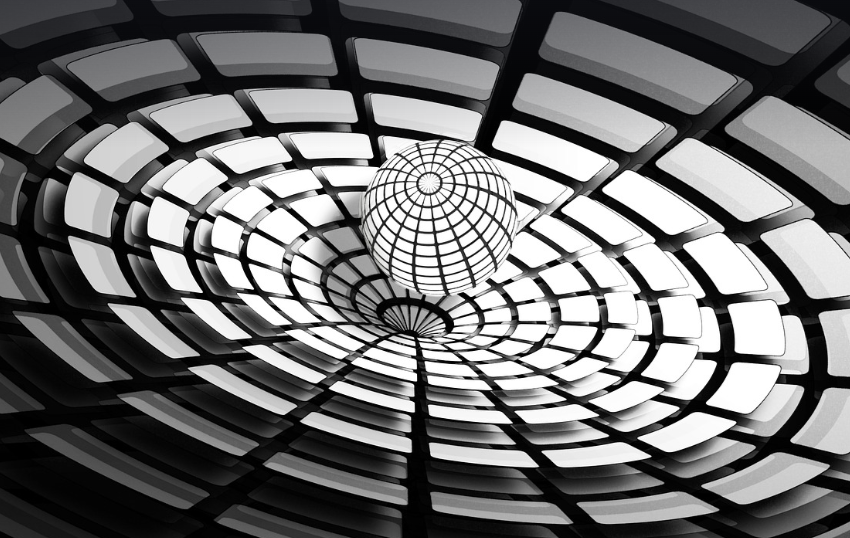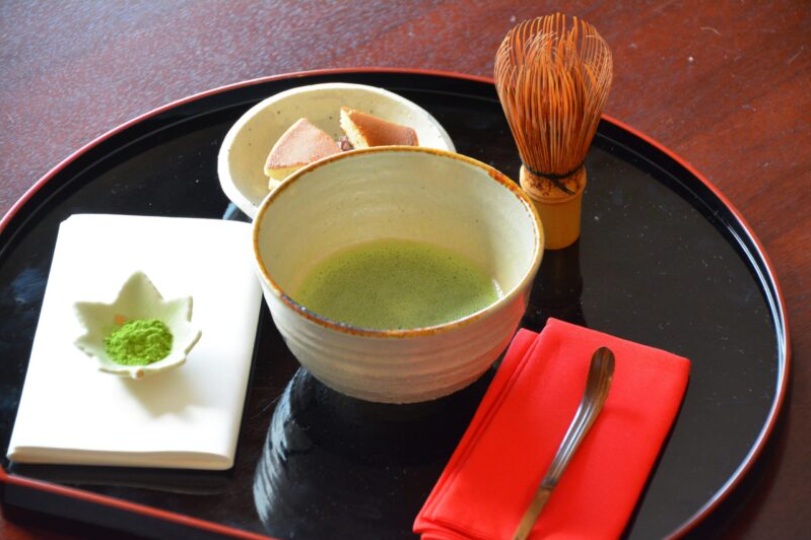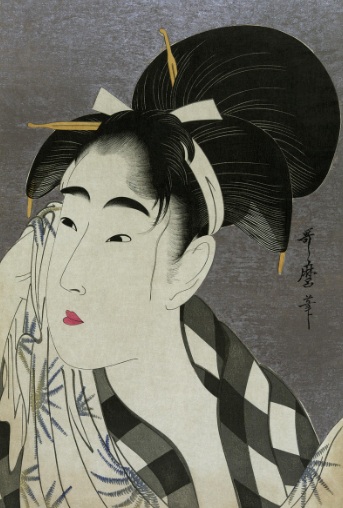目次
— There was once life here —
Once again, that summer day returns.
In Hiroshima, people gather to pray.
With hands clasped in silence, they remember the lives that were lost.
That day, without warning,
precious lives were taken in an instant.
Unless one was there, nothing can be truly known.
And yet, one undeniable truth remains:
lives that should never have been lost, were taken.
And the city itself—
along with the daily lives once breathing there—
was engulfed in flames.
It wasn’t just buildings.
It was daily rhythms.
There were voices, smiles, and prayers.
All of it was extinguished in a single moment.
Only with the passage of time do we realize:
It wasn’t just lives that were lost.
The “memories” and “culture” woven into the town
were quietly, yet undeniably, severed.
What was destroyed was not just the city, but memory itself
That day.
It is said the morning was clear and bright—
a typical summer day.
No air raid siren rang.
Only three B-29 bombers approached.
The Enola Gay and its companion aircraft,
sent for observation and documentation,
brought a rupture of the everyday.
Sunlight from the Seto Inland Sea glinted off their metallic bodies.
Then, quietly, the atomic bomb was dropped—
and everything ended.
Children had been mobilized to help demolish buildings.
It should have been a bustling morning.
But in an instant, all turned to ash.
What was destroyed was not only the townscape.
The “culture” and “memories” once there,
the “time of living” passed down through generations,
were quite literally torn apart.
Before Peace Park, there was a neighborhood
Where the Peace Memorial Museum and cenotaph now stand,
there once existed a cluster of neighborhoods:
Nakashima Honmachi, Tenjin-machi, Motoyanagi-machi, Zaimoku-machi, Nakajima Shin-machi, Kobiki-cho…
There were movie theaters.
A bustling street of inns.
Riverside restaurants and cafés filled with morning light.
And within the grounds of Seiganji Temple,
stood the deity Itsukushima Daimyojin.
This “Itsukushima Daimyojin” was a sacred presence,
enshrined from the famous Itsukushima Shrine of Miyajima,
symbolizing Hiroshima’s inherited culture and spiritual tradition.
Each year, on the 17th day of the 6th lunar month,
a solemn Kangen-sai (ancient court music festival on boats) was held.
In some years, this festival day coincides with August 6—
the very day of the atomic bombing.
Thus, pain of memory and tradition of prayer come to inhabit the same date.
Even the sacred place where the gods once dwelled is now gone.
In its place stands the Atomic Bomb Museum.
We, who live now,
are always carrying so much,
running through our days with barely a pause.
It’s not easy to find time to reflect on the past.
And yet precisely for that reason,
let us pause and quietly remember:
People once lived here.
For prayers that connect memory
When we stand on that ground,
time seems to quietly cross itself.
On the wind, we almost hear the echo of a distant flute.
Peace Park is now a place of prayer.
But once, it was a place of daily life.
Someone laughed.
Someone worked, fell in love, and slept.
Someone lived their ordinary days, raised a family, and offered prayers.
All of that was taken—utterly and without trace—one morning.
To pray is more than just to mourn.
It is a small, sacred act of will—
an attempt to reconnect a broken memory.
To speak is much like to pray.
Not for ourselves,
but for someone far away,
and for someone in the future we have yet to meet.
That is why we speak.
Of prayers left unsaid, words never spoken.
We speak them now,
gently and surely,
to carry them into the future.
When we pray, there is always memory.
It is both a lament for the past,
and a vow to the future.
Here we stand now.
We speak, we pray,
and we keep the flame of memory alive.
And in that chain of memory,
we believe—
we trust—
there lies the true shape of peace.
This article is an English translation of a Japanese blog post originally published on [Happiness I Have](https://happinessihave.com/hirosimagenbakuki).
![[Hiroshima Atomic Bomb Memorial Day] Quietly Remembering the Lost Lives and Daily Life](https://katsuaffiliate.com/wp-content/uploads/2025/08/相生橋-1024x678.jpg)



コメント Comments
コメント一覧
コメントはありません。
トラックバックURL
https://katsuaffiliate.com/trivia/hiroshima-memorial-day/trackback